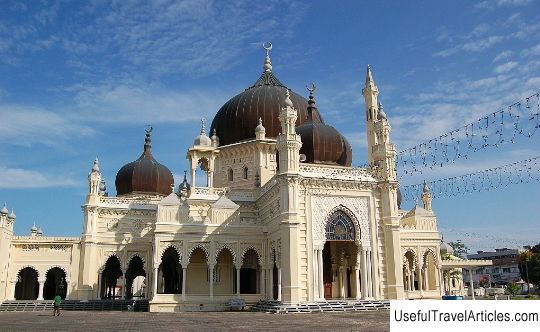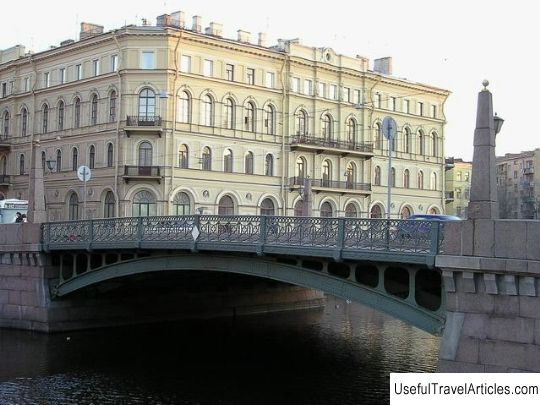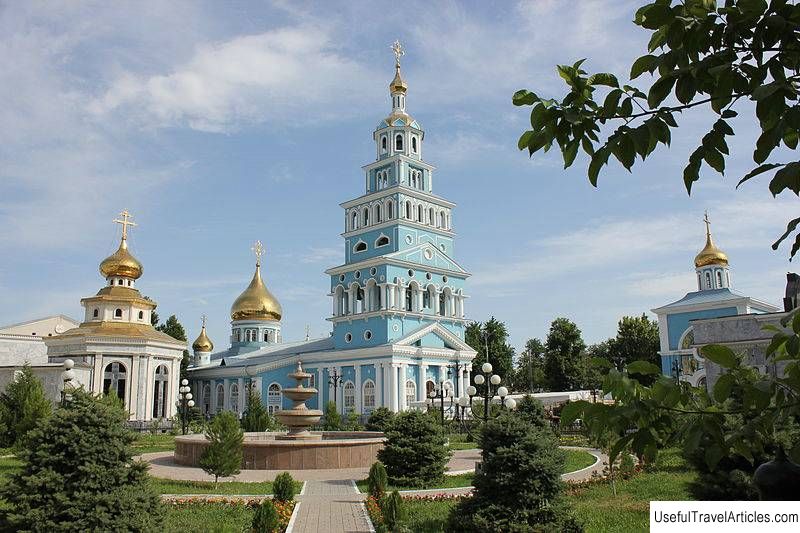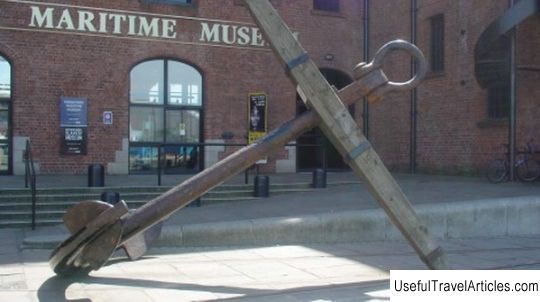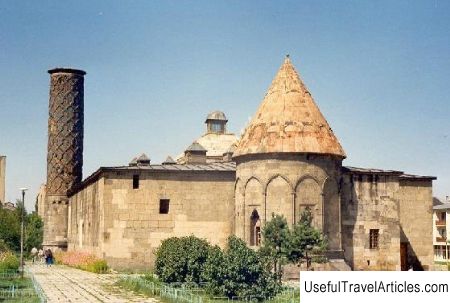Saint Petersburg Cathedral Mosque description and photos - Russia - Saint Petersburg: Saint Petersburg
Rating: 8,2/10 (860 votes) 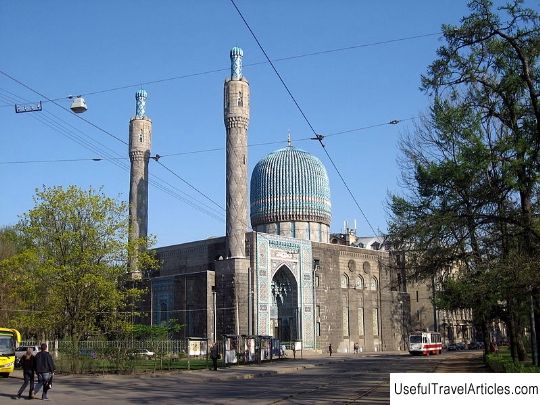
Saint Petersburg Cathedral Mosque description and photos - Russia - Saint Petersburg: Saint Petersburg. Detailed information about the attraction. Description, photos and a map showing the nearest significant objects. Photo and descriptionThe need to build a mosque in St. Petersburg was discussed for the first time back in 1882. Count Tolstoy, who at that time was the Minister of the Interior, received Mufti Tevkelev, the supreme leader of the Muslim community. Although the issue of the mosque was resolved positively, construction did not begin then. More than twenty years passed before the Ministry of the Interior gave permission for the establishment of a special committee (1906). This committee was to organize the construction of a cathedral mosque in the city of St. Petersburg. It was planned to carry out the construction with funds donated by Muslims living on all Russian lands. In addition to voluntary donations, the committee received money from the sale of lottery tickets (a special lottery was organized); postcards (special edition). In early July 1907, Tsar Nicholas II signed a permit to purchase land for a mosque. The site was chosen for construction on Kronverksky prospect. By the fall of 1908, the project for the construction of the mosque was developed and signed. Worked on the project: engineer S.S. Krichinsky and artist-architect N.V. Vasiliev. Academician A.M. Von Gauguin. The style and appearance of the mosque resembled the mosques and tombs of Central Asia, the internal layout corresponded to the era in which Tamerlane lived. In mid-February 1910, the ceremonial laying of the first stone of the mosque took place. According to eyewitnesses, a tent was erected over the place where the first stone was laid. Silver tools were laid on the table, a memorial plaque with inscriptions in Arabic and Russian and white marble building stones. All this was surrounded by a low fence. Construction lasted for three years. The mosque was officially officially opened in 1913 to celebrate the three-hundredth anniversary of the Romanov dynasty, however, interior decoration work was carried out for several more years. The mosque was striking in its grandeur and beauty. The location of the mosque made some adjustments to the original construction plan. So the illumination of the prayer hall was increased by cutting through the walls and the drum of the dome with a large number of light openings, which is not typical for Eastern architecture. The wall cladding was made of gray granite. The minarets, the dome itself and the portal were covered with ceramic tiles of the color of sky blue. The ceramics were made with the active assistance of P.K. Vaulina (an outstanding ceramic artist at that time). The facade was decorated with inscriptions - sayings from the Koran. When decorating the interior, Muslim traditions were taken into account: the columns supporting the dome arches were faced with green marble; the gallery for the prayer of women was draped with thin muslin. According to Sharia law, a woman cannot pray with a man, as her presence can distract him from prayer, therefore women pray in a special gallery, which was located at the end of the prayer hall. Next to the mosque, a spacious room for ritual ablutions was erected. In this room, Muslims undergo a special complex ceremony before entering the mosque. This room is called "Takharat-Khan", which is translated into Russian as a bath or a washroom. Before entering the mosque, Muslims are required to take off their shoes and leave them in the hallway. It is strictly forbidden to go inside the prayer hall with shoes on. At the moment, the mosque in St. Petersburg is the largest in Europe. It is not only a functioning temple, but also a major cultural and religious center.          We also recommend reading Festival complex (Festspielhaus) description and photos - Austria: Salzburg (city) Topic: Saint Petersburg Cathedral Mosque description and photos - Russia - Saint Petersburg: Saint Petersburg. |
